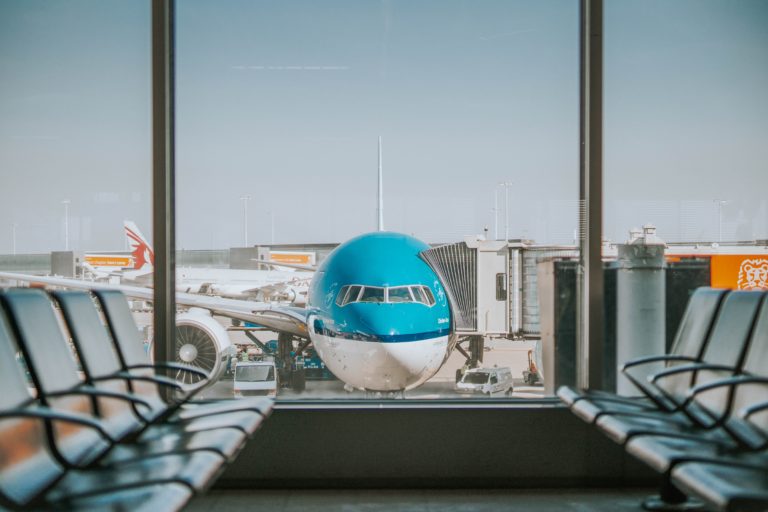
Cityvision is a video analysis software that addresses the challenges of air travel security and passenger experience at airports. Through innovative AI and real-time analysis, Cityvision collaborates closely with airports to introduce solutions for security enforcement and internal process streamlining.
Its main features consist of managing external and internal flows while ensuring site and people safety. This willingness to make airports more efficient is the starting point for partnerships and collaborations. Today, Cityvision is adopted by airports in France and Italy.
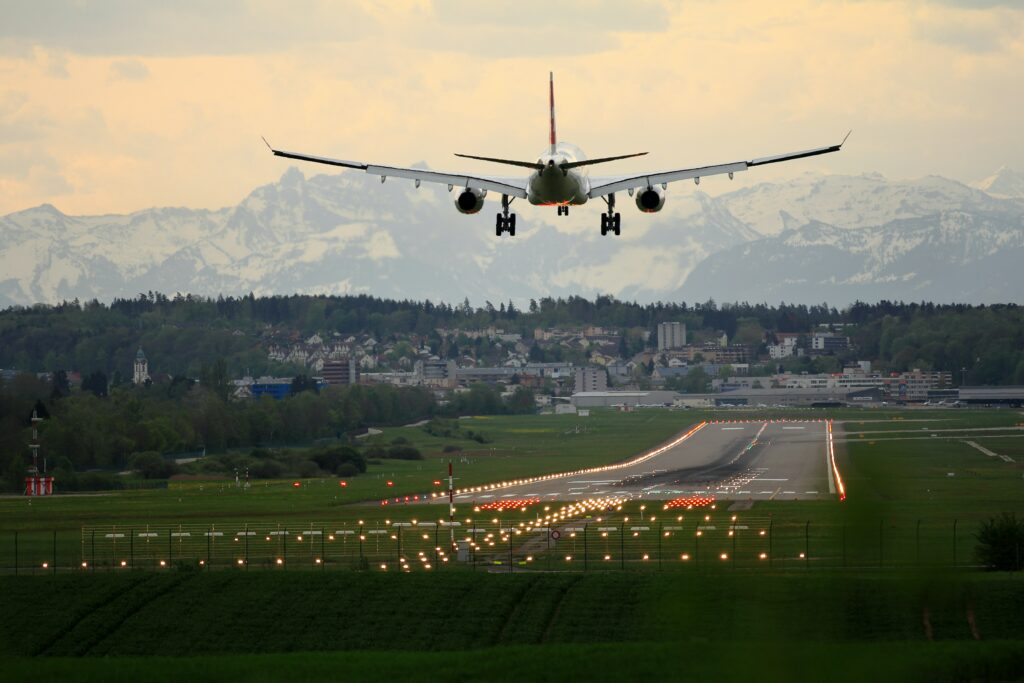
Ensuring Site and People Security
Cityvision serves as a security system with a primary focus on enhancing the safety and security of critical sites like airports. Its functionalities encompass a wide range of use cases that ensure both site and people security. The system detects unauthorized access, promptly identifies the presence of people or vehicles in restricted areas and tracks prolonged presence to mitigate potential security threats.
Cityvision also manages crowd levels, recognizes abnormal influxes of people, and provides real-time alerts to help authorities respond swiftly during peak periods or emergency situations.

Furthermore, it aids in preventing hazardous situations, such as gauge overflow and misuse of traffic lanes, while effectively identifying counter-flowing vehicles and unauthorized parking instances. The system’s capabilities extend to detecting and responding to unattended objects, as well as providing early smoke and fire detection, enabling rapid emergency responses and reducing the risk of further escalation.
As Cityvision continues to evolve, its ongoing development for detecting violent incidents promises stronger site and people security at airports.
Cityvision aims to expand cameras’ functionalities beyond the traditional security use, hoping to expand their functionalities to ensure a seamless passenger experience and attain operational excellence.
Efficient Management of External Flows
Cityvision aims to enhance airport operations through its seamless monitoring and management capabilities. With its classified and directional counting feature, Cityvision offers unparalleled insights by accurately tracking up to 9 types of vehicles, enabling airports to make data-driven decisions and optimize traffic management strategies. This helps airport managers to detect and address traffic congestion and potential bottlenecks at access points, ensuring passengers’ smooth entry and exit. By reducing traffic jams, Cityvision optimizes the flow of vehicles and people throughout the airport, resulting in a hassle-free travel experience.
Furthermore, Cityvision provides real-time identification of available parking spots, helping airports manage their parking facilities. By visualizing the occupancy of these spaces, airport managers can guide passengers to empty spots, reducing parking congestion and eliminating the frustration of searching for a parking spot. This not only enhances the overall passenger experience but also contributes to a more sustainable and eco-friendly airport environment.
Cityvision’s capabilities extend to monitoring time-sensitive drop-off and pick-up zones. The software alerts airport managers, in real-time, about instances of misuse or unauthorized vehicle presence in these areas, ensuring an uninterrupted flow.

💡 How Cityvision plays a part in airports’ operational efficiency
Cityvision works hand in hand with airports in France to assess the operational efficiency of the bus network that drives passengers from the city centers.
In this scenario, the software facilitates a side-by-side evaluation of bus frequency, waiting times and passenger countings.
Airport authorities are therefore equipped with a panoramic view that help us better pilot the bus offer and ultimately improve passenger experience.
Seamless Internal Flows
Cityvision achieves an accuracy rate of 97 percent across all its functions. Through its precise people-counting capabilities, the software detects the flow of individuals in specific zones. This furnishes airport authorities with insights into crowd densities, popular sections, and areas needing enhancement, enabling a strategy for crowd management and resource allocation.
Moreover, Cityvision measures waiting times and facilitates real-time monitoring of queues and other delays. This combined resource optimization and waiting time measurement capability helps airports to effectively address passenger requirements while upholding service and security.
Yet, Cityvision’s capabilities extend to shopping and commercial areas, unveiling the flow of shoppers within the airport. This equips airports with the ability to gauge the popularity of retail spaces, thereby paving the way for optimized commercial strategies that cater to passengers’ desires.
To conclude …
Cityvision is not just a software, it is a tool that redefines the norms of airport management, highlighting the importance of adaptability and innovation in today’s aviation landscape.
By placing passenger experience at the forefront, while upholding security protocols, Cityvision underlines the critical significance of harmonizing safety with traveler convenience.
This approach towards operational efficiency not only sets a precedent but also paves the way for novel prospects and partnerships, presenting airports with the opportunity to reshape the trajectory of effortless air travel.
You may also like

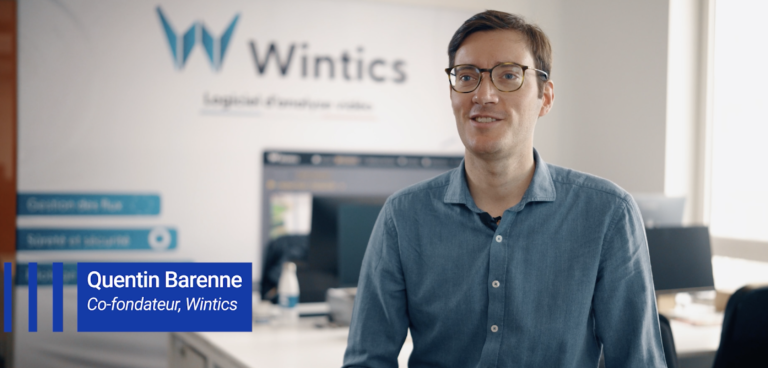


Olympics Security & preparation
26/07/2024
At the Olympics, AI Is Watching You
25/07/2024

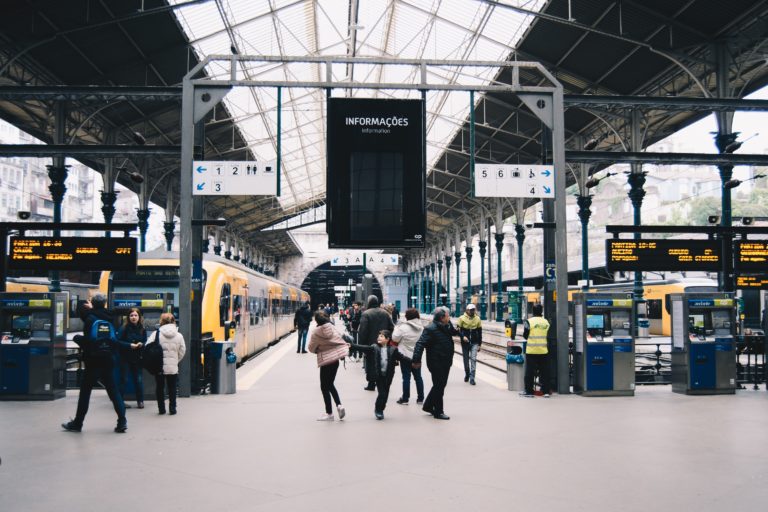
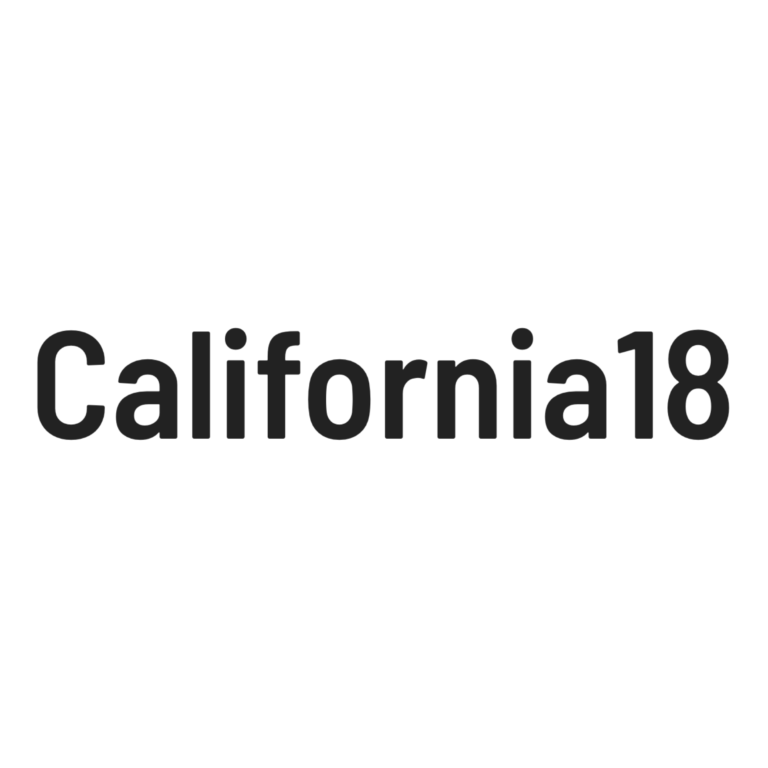

Managing passenger flows in stations and on public transport systems is a major challenge for operators, not only to guarantee passenger safety but to ensure a comfortable and pleasant experience. In this context, the integration of automatic video analysis software such as Cityvision can be an effective tool for improving performance in relation to the underlying strategic and operational challenges: reactivity of security teams, real-time monitoring of crowds and densities, dynamic passenger information and restructuring of spaces.
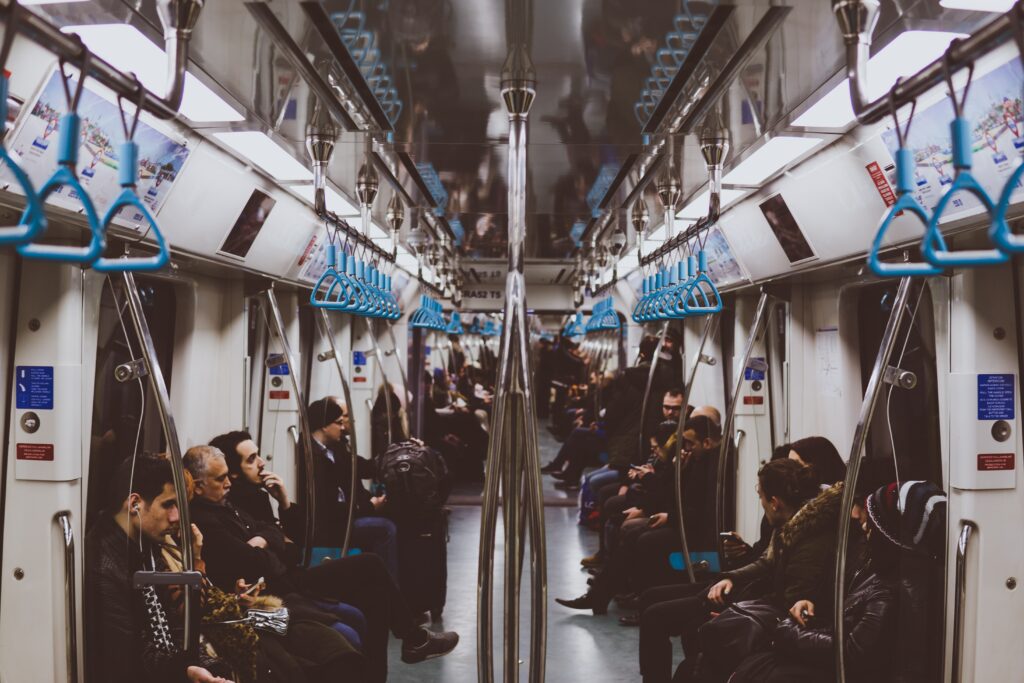
More responsive safety teams
An intelligent video surveillance system
Based on the most powerful innovations in artificial intelligence, automatic video analysis software can analyze, in real-time, streams from any camera installed in stations or on trains to automatically produce alerts in the event of an abnormal or dangerous situation. With the help of such a decision-support tool, video operators can concentrate on more productive responsibilities, such as dispatching staff to the field in response to risks or threats.
A faster response:
Railway trespassing is one of the incidents that regularly mobilize safety teams and has a major impact on the smooth running of rail operations. Video analysis is proven to be an effective tool for detecting such behavior with the utmost reliability and precision: Cityvision’s accuracy exceeds 99%, while keeping false alarms to a very low level.
Video operators can therefore fully rely on algorithmic analysis to identify intrusions. They then take over to ensure immediate intervention to reduce the risk of serious accidents and rapidly restore traffic flow.
Abandoned packages are also among the most recurrent incidents and the most penalizing for operational continuity. Video analysis can once again help security operators by automatically detecting these situations.
Thanks to an immediate alert, agents can quickly work to identify the travelers concerned and intervene on the ground to minimize risks causing the interruption of operations.
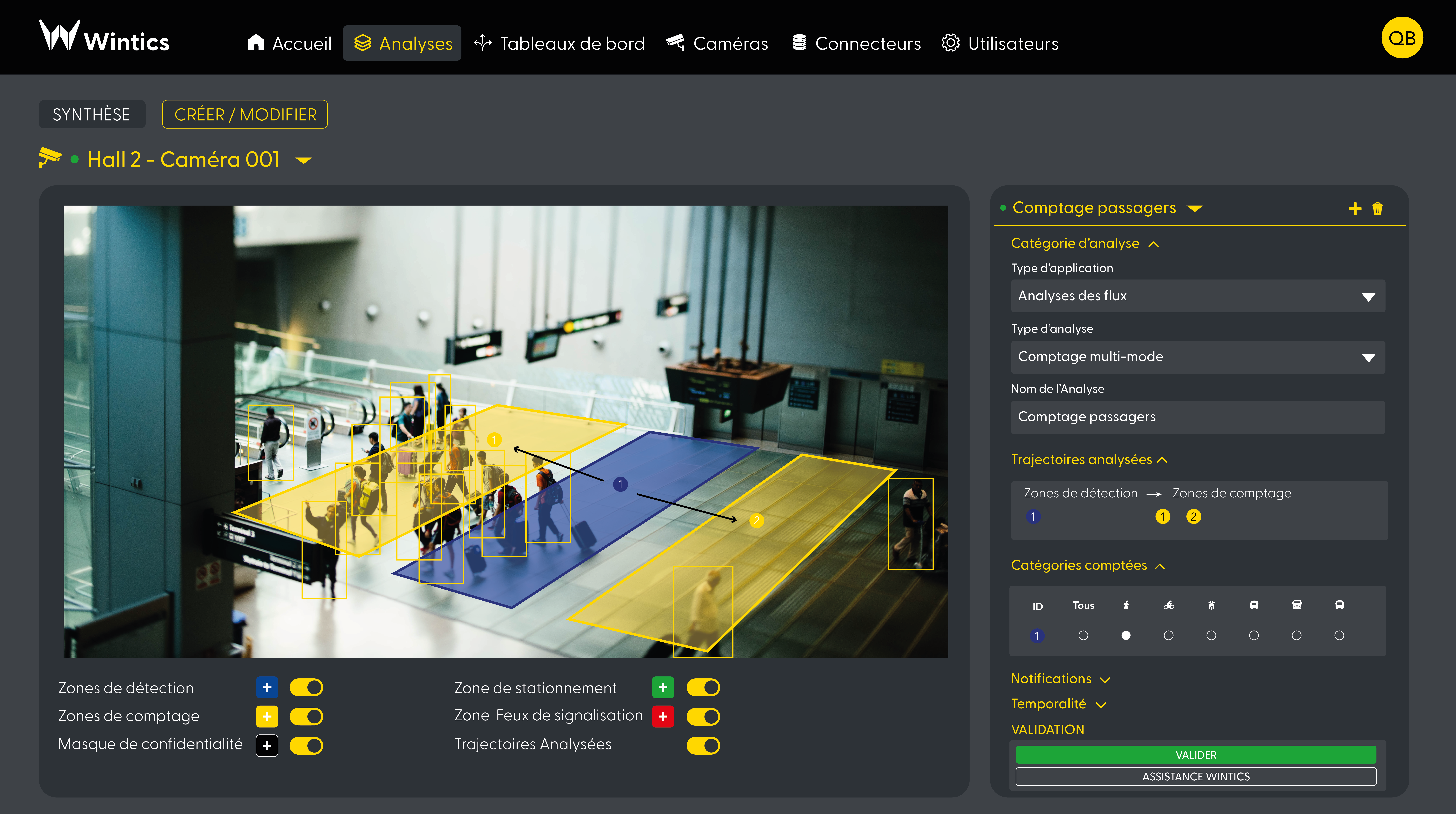
Intelligent analysis can also be used to detect incidents or dangerous situations, such as disruptive parking obstructing firefighter access, violent acts, or vandalism. These multiple functionalities contribute to a significant improvement in the responsiveness of security teams.
In addition to these safety and security benefits, artificial intelligence can also turn the camera into a comprehensive multidisciplinary monitoring tool, capable of collecting valuable data on passenger flows to optimize operations.
A better understanding of passenger flows
Stations and public transport systems are often equipped with a dense network of cameras. By adding automatic video flow analysis software, the cameras become a complete, precise, and accurate source of information on passenger flows and movements within the infrastructure and network.
Informed decision-making
Such information firstly enables precise analysis of passenger flows through key areas such as entrances, possible checkpoints, ticket offices, platforms, halls, and shopping areas. The data can then be used to make better planning decisions, considering usage patterns and congestion points. The data can also shed light on neglected areas, enabling operators to build strategies to optimize commercial space which is considered as a strategic source of revenue for stations.
Enhanced passenger information
Crowd density data also enables us to offer better quality information to passengers, a key element in the overall experience and satisfaction with the system.
For example, according to a study conducted by Transdev, “while overall 87% are satisfied with their systems […], the lack of information is, on the other hand, a real source of dissatisfaction and irritation“.
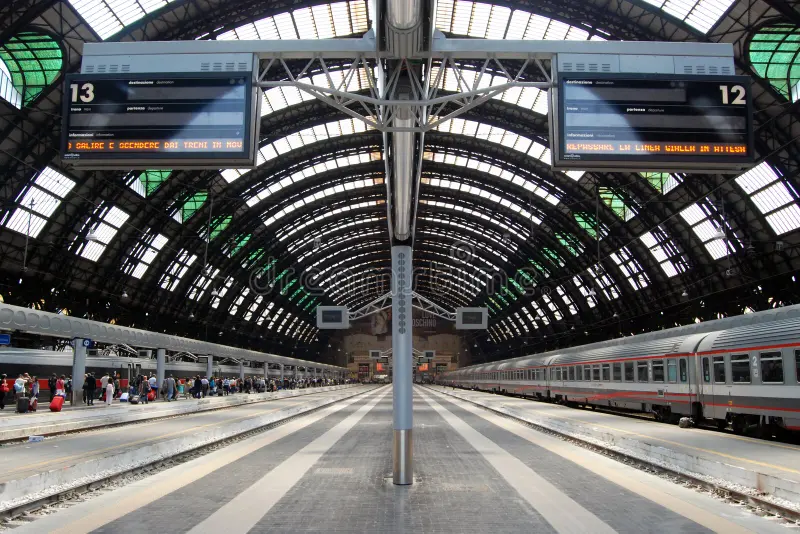
Crowd density data collected on platforms and on-board can be displayed on screens or on travel apps to help passengers find their way around: suggest letting a crowded approaching train pass to wait for the next one and get a seat, guide passengers to the least crowded railcars, show where to get off the train on the least crowded parts of platforms, etc.
Optimized resource allocation:
Finally, a better understanding of flows enables more efficient planning and management of resources, with the possibility of increasing or slowing down the frequency of automatic lines in real-time according to the number of passengers, adjusting service schedules according to actual demand, adjusting the number of counters open according to queues, or even assigning additional information staff in congested areas.
You may also like




Olympics Security & preparation
26/07/2024
At the Olympics, AI Is Watching You
25/07/2024




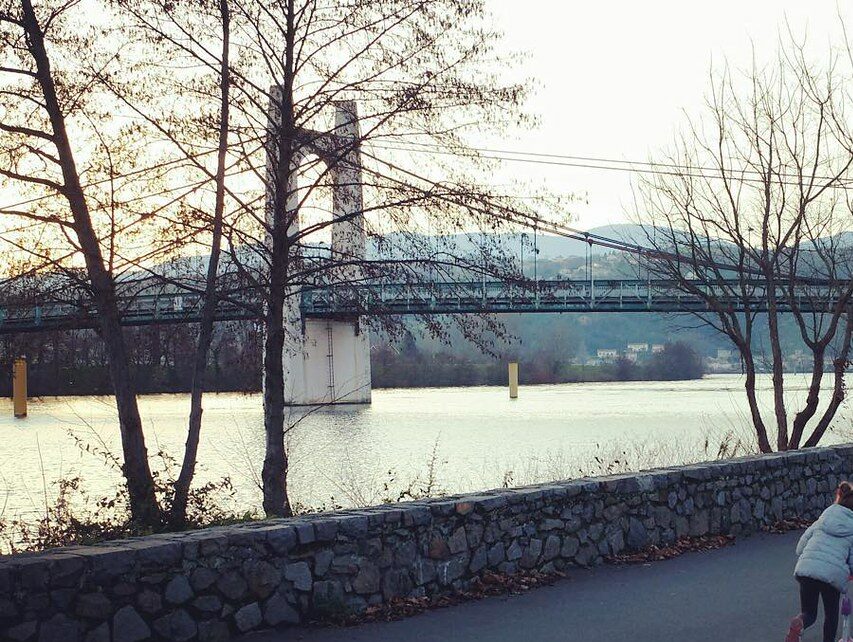
Quantifier le trafic pour le sécuriser
Le pont de Condrieu, situé dans le département du Rhône, fait l’objet d’une surveillance renforcée due à son état dégradé. Afin de minimiser la charge supportée par l’ouvrage, le pont a été réaménagé avec la mise en place d’un alternat depuis l’été 2021 (tel que relaté ici) : les deux voies mixtes sont remplacées par une unique voie motorisée centrale et des voies dédiées aux modes doux de part et d’autre. Cette mesure s’accompagne d’un abaissement de la limitation du tonnage maximum autorisé à 19 tonnes.
La direction infrastructure et mobilité du Département du Rhône veut mesurer l’impact et l’efficacité de ces mesures conservatoires, en suivant de manière fine le trafic poids lourds en infraction. Il s’agit alors de disposer de comptages, pour chaque sens de circulation, des mobilités suivantes : les poids lourds de deux essieux (moins de 19 tonnes) et les poids lourds de plus de deux essieux (26 tonnes et plus) non autorisés à la circulation, les bus, les véhicules légers, deux-roues motorisés, les vélos et les piétons. Ces données statistiques peuvent également être partagées aux collectivités environnantes et aux forces de l’ordre pour cibler d’éventuelles actions sur le terrain.
Cityvision, la solution la plus adaptée pour du comptage multimode fiable et détaillé
Les solutions traditionnelles de comptage n’étant ni adaptées aux contraintes terrain (en centre-ville et en zone de congestion) ni capables de distinguer finement l’ensemble des modes suivis (les boucles ne comptent pas les piétons et les vélos), le département a souhaité innover en déployant une solution d’analyse vidéo. Cityvision a été la seule solution capable de produire les données fines de manière fiable dans un contexte de déploiement exigeant :
- Cityvision exploite le flux vidéo d’une caméra de trafic « classique » installée sur le pont ;
- Afin de minimiser les coûts de raccordement, tout le traitement vidéo est effectué en local dans un micro-PC (edge computing) pour ne remonter en central que les données de trafic par 4G ;
- Le catalogue d’API de Cityvision permet au Département de visualiser les données dans son outil d’exploitation habituel ;
- Le savoir-faire de Wintics en Intelligence Artificielle a permis de développer un module complémentaire permettant de distinguer les PL 2 essieux et ceux de plus de 2 essieux.
En synthèse
Le Département bénéficie ainsi d’une solution fiable (précision auditée supérieure à 95%), complète (tous les modes sont comptés), fines (en distinguant les PL 2 essieux et plus de 2 essieux), facile à déployer (pas de génie civil) et intégrée dans son environnement.
Wintics est fier d’accompagner le Département du Rhône dans la sécurisation de ses infrastructures et la promotion des mobilités douces.
You may also like




Olympics Security & preparation
26/07/2024
At the Olympics, AI Is Watching You
25/07/2024




